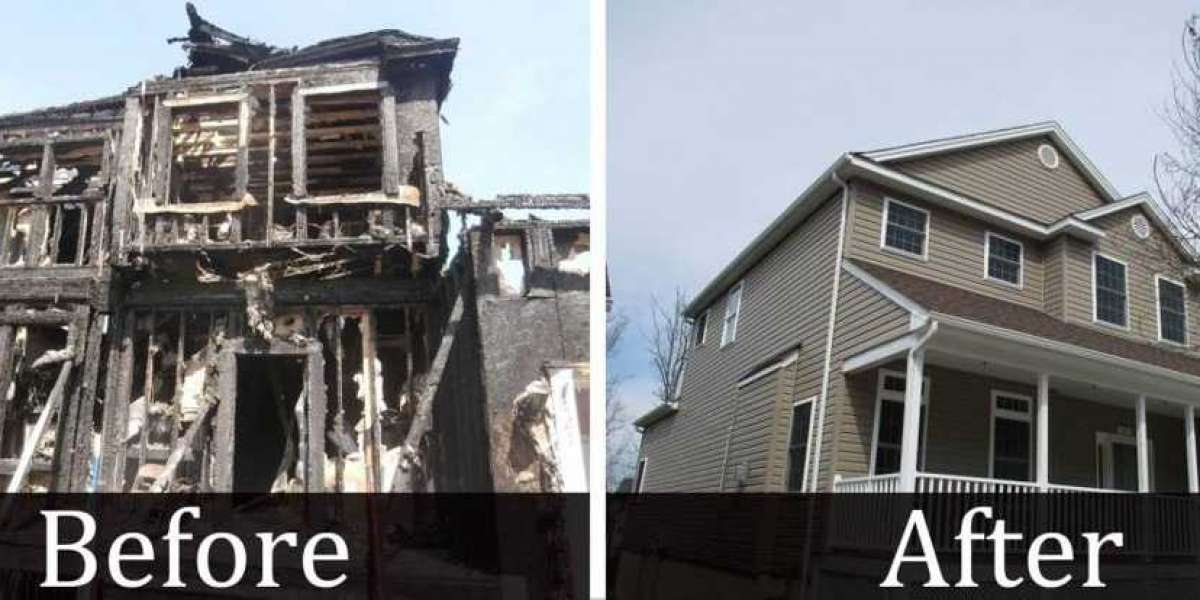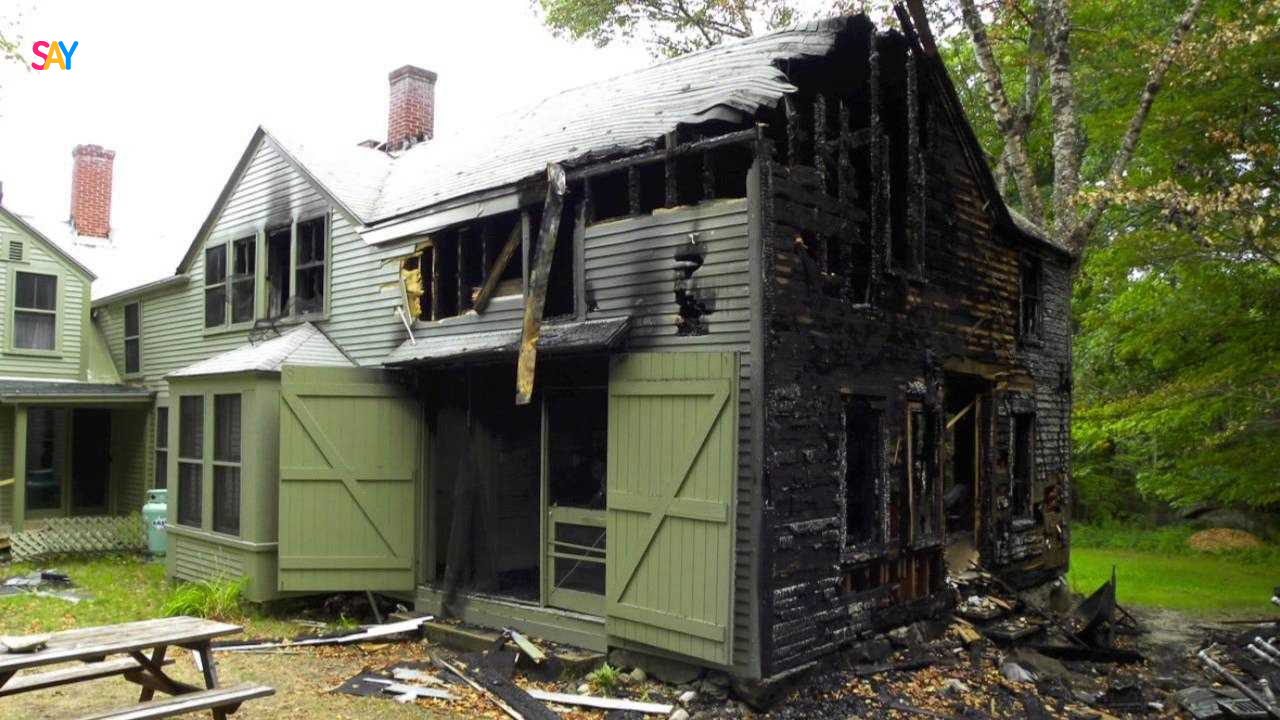When a disaster strikes—whether fire, flood, storm, or earthquake—homeowners must act quickly to assess the damage, ensure safety, and begin restoration. The most important step is to secure the structure and begin cleanup within the first 24 to 48 hours to prevent further deterioration like mold or structural compromise.
This guide provides a clear path through the home restoration process after a disaster, highlighting essential actions, technical requirements, and decision-making points. Readers will learn how to plan efficiently, avoid common pitfalls, and ensure the best outcomes from restoration efforts.
Key Steps in the Home Restoration Process
Emergency Response and Safety
- Shut off gas, electricity, and water
- Contact emergency services if needed
- Evacuate if structural damage is visible
Initial Assessment
- Hire a licensed inspector or structural engineer
- Identify health hazards (mold, soot, asbestos)
- Document damage for insurance claims (photos, video, written lists)
Cleanup and Demolition
- Remove water, debris, and damaged materials
- Use HEPA vacuums and industrial-grade dehumidifiers
- Isolate affected areas to avoid cross-contamination
Bonus Tip: Begin cleanup within 24 hours of water damage to reduce the risk of mold colonization.
Structural Repairs and Restoration
- Repair framing, roofing, walls, and subfloors
- Replace compromised electrical or plumbing systems
- Rebuild interior finishes: drywall, flooring, cabinetry
Final Inspection and Prevention
- Schedule local code inspections
- Install preventative systems (e.g., sump pumps, fire barriers)
- Review insurance coverage updates post-restoration
Comparison of Home Restoration Services
Restoration Type | Best For | Speed of Completion | Requires Permits | Health Risks Addressed |
Water Damage Repair | Floods, plumbing leaks | 3-7 days | Often | Mold, bacteria |
Fire Damage Restoration | Fire, smoke, soot | 1-3 weeks | Yes | Asbestos, smoke residues |
Mold Remediation | Post-water or humid areas | 2-5 days | Sometimes | Toxic mold |
Structural Rebuild | Major damage (earthquake/fire) | 3-6 months | Yes | All structural hazards |
Technical Specifications by Restoration Type
Restoration Type | Key Equipment Used | Safety Gear Required | Typical Cost Range |
Water Damage Repair | Water extractors, dehumidifiers | Gloves, boots, respirators | $1,000 - $8,000 |
Fire Restoration | HEPA vacuums, ozone generators | Tyvek suits, respirators | $2,500 - $25,000 |
Mold Remediation | Negative air machines, biocides | N95 masks, coveralls | $500 - $6,000 |
Structural Rebuild | Framing tools, concrete mixers | Hard hats, fall protection | $10,000 - $150,000+ |
Things to Consider Before Making a Decision
- Extent of Damage: Determine whether full reconstruction or localized repairs are needed.
- Insurance Coverage: Know what your homeowner's policy includes or excludes (e.g., flood insurance is separate).
- Licensing and Certification: Ensure all contractors are certified for hazardous material handling.
- Timeline: Restoration may take weeks to months depending on the disaster type.
- Material Availability: Shortages in wood, drywall, or HVAC systems can delay rebuilding.
Bonus Tip: Contact your insurer before hiring contractors to ensure work is eligible for reimbursement.
Common Questions About Home Restoration
What are the first things I should do after a disaster?
Ensure safety by evacuating if needed, turn off utilities, and document all damage with photos and notes.
Is mold always a concern after flooding?
Yes. Mold can begin growing within 24-48 hours of water exposure, especially in porous materials like drywall and wood.
How do I choose a restoration contractor?
Look for certified specialists with experience in your specific disaster type, valid licensing, and clear insurance policies.
Can I stay in my home during restoration?
Only if the damage is localized and does not affect structural integrity or health. Check with inspectors first.
Topic FAQ
How long does home restoration take?
Small jobs (like minor flooding) may take under a week, while major reconstruction can take several months.
Will insurance cover all restoration costs?
It depends on your policy. Floods often require separate insurance. Fire and wind damage are usually included.
Should I test for hazardous materials?
Yes. Older homes may contain asbestos or lead, especially after fire or demolition.
What if restoration uncovers hidden damage?
Most contractors can revise their scope of work. Document changes and notify your insurer.
What permits are required?
Permits are typically required for structural changes, electrical updates, and plumbing replacements.
Make the Right Decision
After a disaster, rapid and informed decision-making is critical. Prioritize safety, understand your insurance coverage, and work with licensed restorational professionals for your homes. Restoration is a multi-phase process that requires coordination, but with a clear plan and trustworthy data, homeowners can return their properties to safe, livable conditions efficiently.
Reviewer:
Reviewer: Matthew Moore brings over 15 years of experience in residential renovation marketing. The review provided helped shape this content to better connect with homeowners seeking reliable, high-quality restoration and home improvement services.






